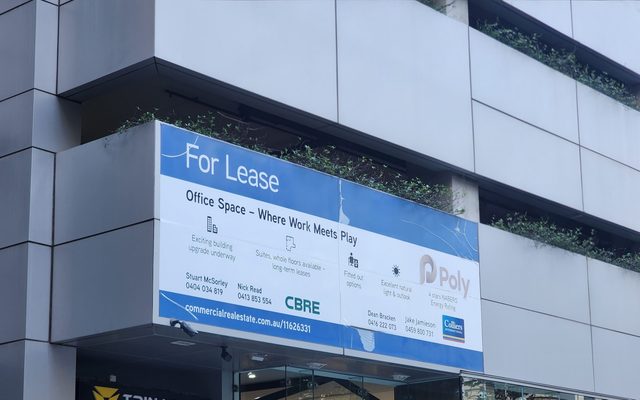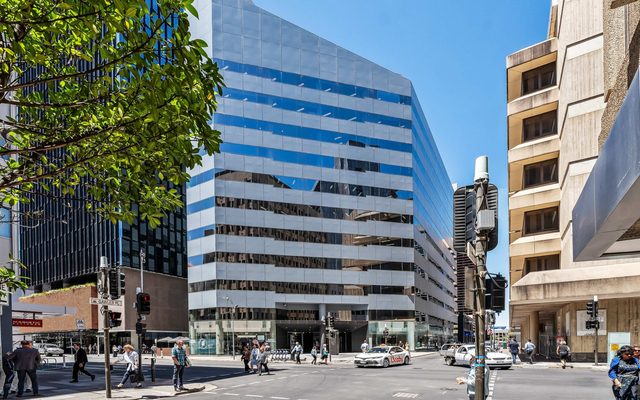This article is from the Australian Property Journal archive
BUNNINGS Warehouse owner BWP Trust has reported a first half profit of $57.4 million, up 1.7%.
Total income rose by 2.7% to $79.0 million. Finance costs of $10.0 million were 10.5% lower than the previous corresponding six months, due to a lower weighted average cost of debt and lower borrowing levels. The weighted average cost of debt for the half-year was 4.31%, compared to 4.65% for the previous corresponding period. The average level of borrowings was 3.2% lower than the previous corresponding period ($460.8 million compared with $476.3 million). Average utilisation of debt facilities (average borrowings as a percentage of average facility limits) for the period was higher than for the previous corresponding period (83.0% compared with 77.5%).
Other operating expenses increased from $2.9 million in the previous corresponding period to $3.5 million in the current period, mainly as a result of a significant increase in Queensland Land Tax, and outgoings for properties in the process of being redeveloped.
The trust announced an interim distribution of 8.93 cents per unit, up 1.7%.
Managing director Michael Wedgwood said rent reviews are expected to contribute incrementally to property income for the half-year to 30 June 2019.
Wedgwood said as part of ongoing active portfolio management, the trust will also continue to assess potential divestments where properties have reached optimum value.
“For any properties vacated, or to be vacated by Bunnings, there are a number of possibilities for their future use. All are considered. Most often, the focus is on re-leasing the existing building as is, or it may involve reconfiguring the building before leasing it.
“In some cases, the focus might be directed at rezoning certain properties for their highest and best use. Alternatively, if properties are considered to have reached their valuation potential for the trust’s purposes, they may be sold.
“For the second half of the financial year the trust expects to maintain distribution growth at 1.7%. Capital profits will be utilised to support distributions if required during this transition period.” Wedgwood said.
Australian Property Journal




